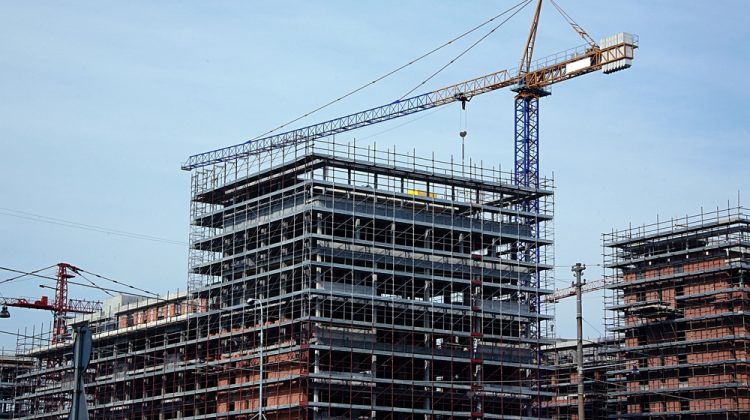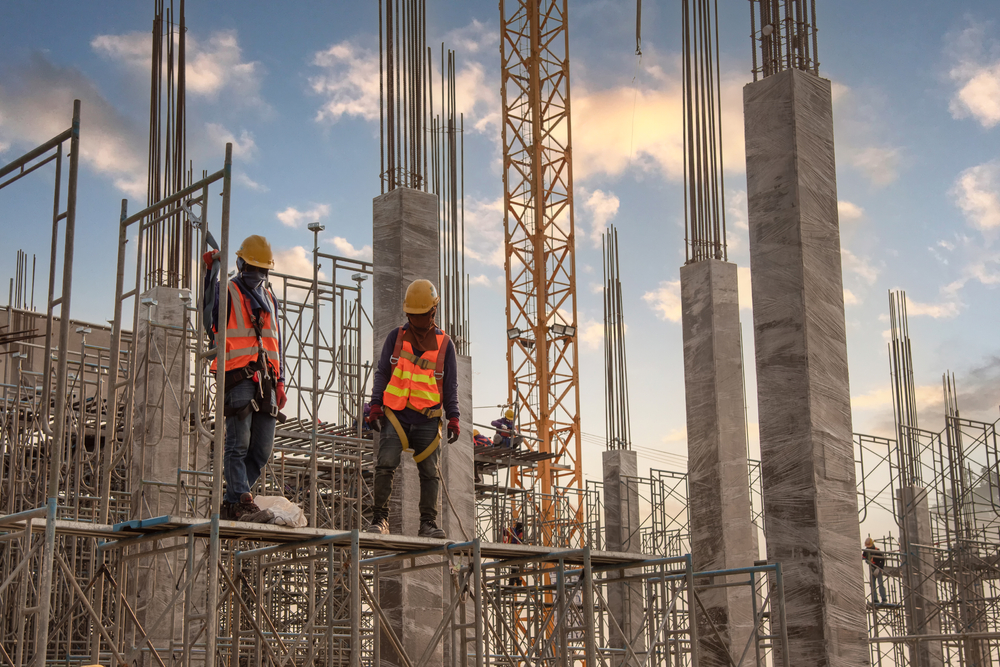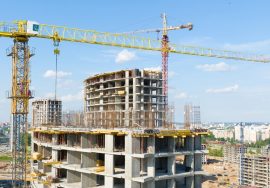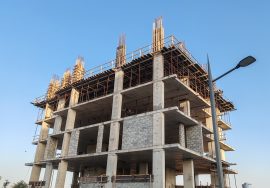
Carbon-Neutral Construction: Building a Sustainable Future for the Planet
Carbon-Neutral Construction: The Future of Sustainable Building
The global construction industry is undergoing a revolutionary transformation toward sustainability. One of the most impactful shifts is the move toward carbon-neutral construction, a practice that aims to eliminate or offset all carbon emissions generated throughout the building lifecycle. As environmental concerns rise and governments tighten climate regulations, adopting carbon-neutral construction has become essential for achieving global net-zero goals.
What Is Carbon-Neutral Construction?
Carbon-neutral construction refers to designing, building, and operating structures in a way that balances the carbon dioxide emitted and removed from the atmosphere. This means minimizing emissions at every stage—material production, construction, and operation—and offsetting any remaining emissions through renewable energy, carbon capture, or reforestation projects.
The goal of carbon-neutral construction is to ensure that the total carbon footprint of a building equals zero, contributing to a cleaner, more sustainable planet.
Why Carbon-Neutral Construction Matters
The construction industry contributes nearly 40% of global CO₂ emissions, making it one of the largest emitters worldwide. By transitioning to carbon-neutral construction, builders, architects, and developers can significantly reduce environmental impact while improving long-term cost efficiency.
In India, where rapid urbanization continues to accelerate, adopting carbon-neutral construction is vital to support the nation’s commitment to net-zero emissions by 2070. Sustainable infrastructure not only benefits the planet but also enhances energy efficiency, comfort, and health for building occupants.
Key Strategies to Achieve Carbon-Neutral Construction
1. Sustainable Building Materials
Using low-carbon building materials such as bamboo, recycled steel, and fly ash concrete can drastically reduce emissions. Innovative materials like cross-laminated timber (CLT) also store carbon, making them ideal for carbon-neutral construction.
2. Energy-Efficient Design
Architects play a crucial role in carbon-neutral through smart design choices. Passive design strategies—like natural lighting, cross ventilation, and high-performance insulation—minimize the need for artificial energy use, cutting down operational emissions.
3. Renewable Energy Integration
Integrating renewable energy sources such as solar panels, wind turbines, or geothermal systems helps offset the building’s energy demand. This step is fundamental in achieving carbon-neutral, ensuring that clean energy powers the entire facility.
4. Carbon Offsetting and Green Certifications
For any unavoidable emissions, carbon offsetting can be achieved through tree planting or supporting renewable energy projects. Additionally, certifications like LEED and IGBC promote carbon-neutral by setting benchmarks for energy efficiency and sustainability.
Learn more about India’s green building movement on IGBC’s official site.
5. Smart Construction Technologies
Adopting digital tools like Building Information Modeling (BIM) and AI-based monitoring helps optimize material use, energy efficiency, and waste management—key aspects of carbon-neutral.

Challenges in Implementing Carbon-Neutral Construction
While the benefits are immense, several challenges persist, including high upfront costs, limited availability of sustainable materials, and lack of awareness. However, long-term energy savings and reduced operational costs make carbon-neutral construction a financially viable and environmentally responsible choice.
Government incentives, corporate sustainability goals, and technological innovation are rapidly overcoming these barriers, making carbon-neutral construction more accessible in India and around the world.
The Role of Policy and Industry Collaboration
The Indian government’s National Mission on Sustainable Habitat and the Energy Conservation Building Code (ECBC) encourage eco-friendly and carbon-neutral practices. Collaboration between builders, architects, and policymakers is crucial to achieving nationwide climate targets.
If you want to explore how your next project can contribute to India’s sustainable development goals, connect with AMS India—experts in sustainable and energy-efficient construction solutions.
Conclusion: Building a Zero-Carbon Future
The transition to carbon-neutral marks a significant step toward achieving global climate goals. By embracing renewable energy, sustainable materials, and innovative technologies, the construction industry can lead the world in environmental responsibility.
Each carbon-neutral project brings us closer to a cleaner, greener, and more sustainable future—one where progress and planet protection go hand in hand.
Read more related articles to enhance your knowledge and make informed decisions
Cost-Effective Modular Construction: Fast, and Sustainable Building Solutions
Smart Modular Buildings: Innovative, Efficient, and Sustainable Construction








